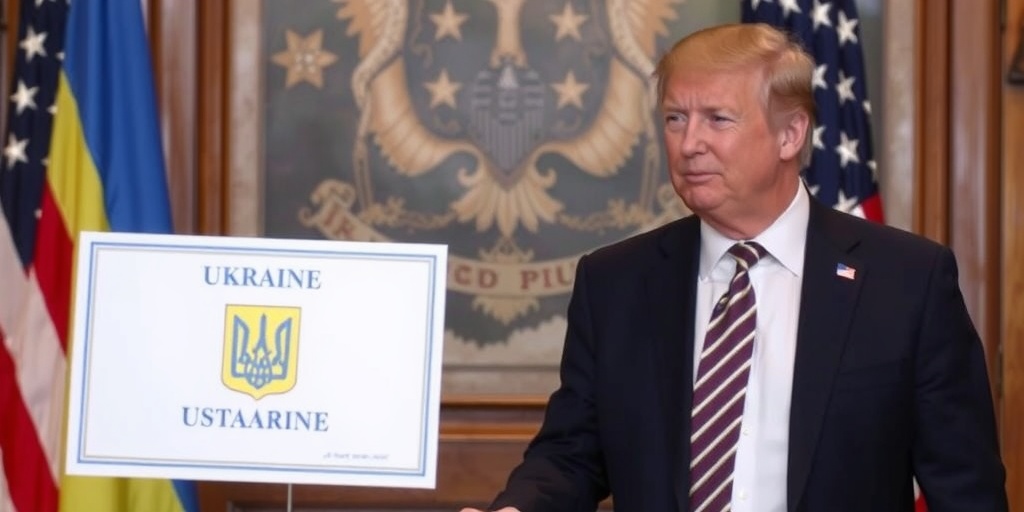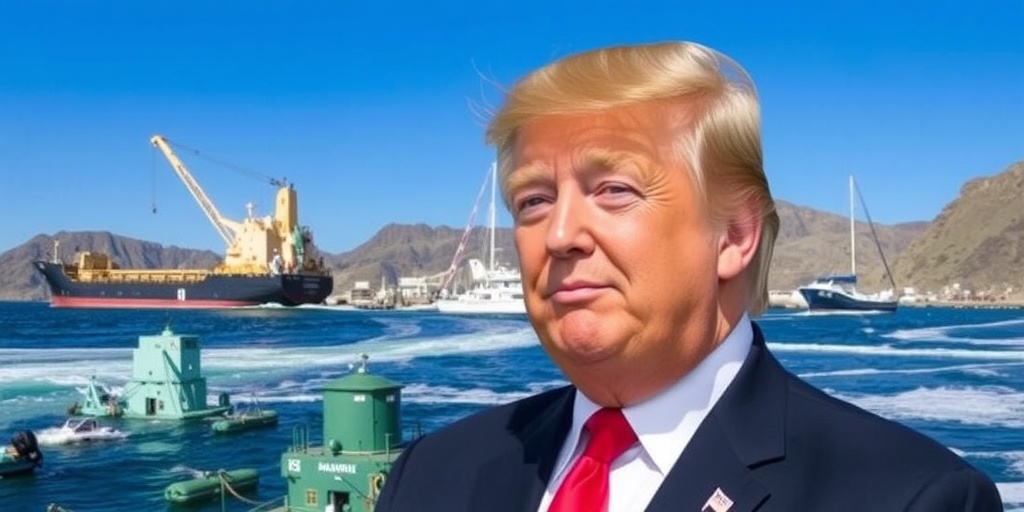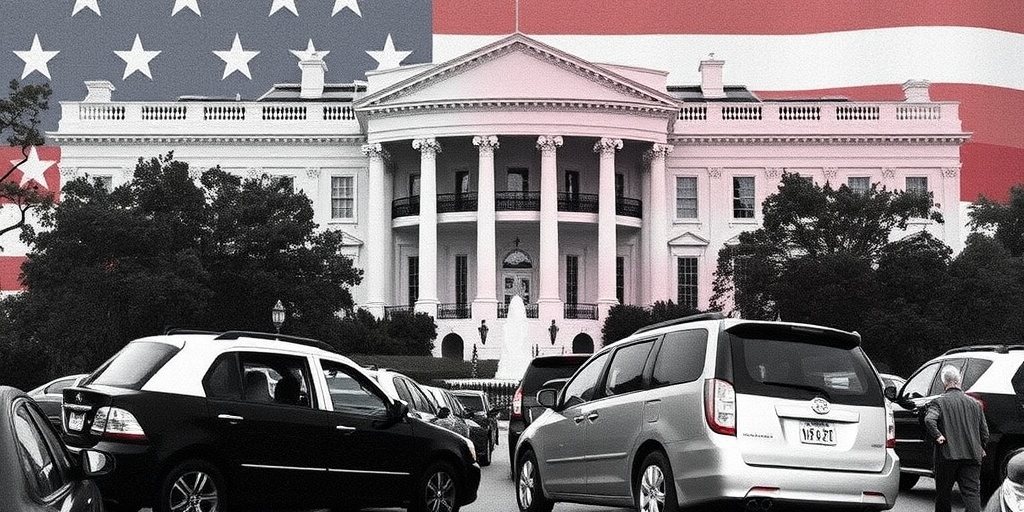Now Reading: Unexpected Buzz Surrounds Once-Mundane Special Election
-
01
Unexpected Buzz Surrounds Once-Mundane Special Election
Unexpected Buzz Surrounds Once-Mundane Special Election

Florida’s Special Congressional Elections: A Battle of Spending and Strategies
On Tuesday, two congressional elections in Florida were expected to be a straightforward affair for the Republican Party. However, what ensued instead was a fierce competition marked by multimillion-dollar spending and heightened tensions among GOP ranks, questioning how the race became so contentious in the first place.
The pivotal race is taking place in Florida’s Sixth Congressional District, a seat previously held by Michael Waltz. Waltz vacated the position to become President Trump’s national security adviser and has recently found himself embroiled in the controversy surrounding classified signal leaks. Last fall, Waltz achieved a resounding victory, winning by an impressive 33 percentage points—suggesting this election should have been a secure Republican stronghold.
In an unexpected turn of events, Democrats are now actively vying to transform this solidly Republican district, traditionally dominated by GOP candidates, into a potential symbol of momentum by significantly reducing the typical Republican margin. Their strategizing is not just about winning but also about demonstrating that a Democratic presence can be felt even in the heart of red territory.
The increased competitiveness of the race has even reached the upper echelons of Trump’s administration. Recently, Trump decided to withdraw his nomination of Representative Elise Stefanik for ambassador to the United Nations, partially to mitigate the potential fallout of another special election for her seat, which is viewed as less secure than Waltz’s former constituency.
Trump articulated his cautious approach during a recent Oval Office address, stating, “I didn’t want to take a chance.” Currently, as Republicans hold a narrow 218 seats in the House with four vacancies—two of which are in distinctly Democratic districts—every seat matters significantly for the passing of Trump’s agenda.
In this particular contest, private polling indicates that Trump’s candidate, State Senator Randy Fine, is in a competitive race against Democratic challenger Josh Weil, a 40-year-old public-school teacher. Weil has been particularly notable for his fundraising prowess, amassing nearly $9.5 million by mid-March. In a bid to close the funding gap, Fine injected $600,000 into his campaign in late March. Yet, Fine’s campaign reported only $93,000 on hand compared to Weil’s impressive $1.3 million.
Despite the daunting fundraising gap, Trump remains optimistic, acknowledging the unpredictability that special elections can entail. “You never know what happens in a case like that,” he stated regarding the finances of the candidates.
Special elections, especially those marked by lower voter turnout, can lead to unpredictable outcomes. Over-analyzing the implications of one such election can be misleading; historical trends show that Democrats often perform better in these contests, as the demographics of regular voters tend to favor them. This was evident in a recent Pennsylvania State Senate special election, which reflected a similar pattern.
Nonetheless, the narrow margin projected in this upcoming election could have substantial consequences for governance in the House and could instill fear among Republicans who have, until now, united closely with Trump’s agenda. The party is astutely aware that even a slight shift in power can disrupt their plans.
Republicans have expressed concern over potential panic in response to the electoral climate. Hakeem Jeffries, the top Democrat in the House, suggested last week that this race is symptomatic of Republican anxiety. “They seem to be panicking,” he declared.
In comparison, the other special election unfolding in Florida’s First Congressional District—once occupied by Matt Gaetz—nudges towards less competitiveness. This matchup features Jimmy Patronis, Florida’s chief financial officer and Republican nominee, against Gay Valimont, a Democratic activist advocating for gun control.
Gaetz remains confident that Republicans will succeed in both elections, downplaying the significance of substantial Democratic fundraising. He commented, “Of course, they’re jazzed about their fundraising… But, honestly, I think that donating to losing candidates is less about winning the election and more about personal therapy.”
As the race heats up, over $5 million has already been spent on TV advertisements. Interestingly, despite Weil’s exceptional fundraising ability, he finds himself outspent on advertisements nearly four-to-one by Fine, fueled by support from Republican super PACs. As of the latest reports, Republican spending directed towards Fine stands at around $4.1 million versus $1.3 million for Weil.
However, national organizations for both parties have largely stayed out of the fray, as has Trump’s own super PAC. Even though Trump held tele-town halls for both races, the lack of overwhelming support from substantial political committees has left observers guessing about the strategic alignments at play.
Fine’s campaign still projects optimism, with spokesperson Bryan Piligra asserting confidence in their alignment with Trump’s agenda. Meanwhile, Weil is attempting to leverage his campaign as a signal of discontent with current national policies, voicing sentiments against wealthy influences like Elon Musk, who he feels are dismantling essential systems for everyday Americans.
Both parties are now engaged in aggressive pre-spinning, with national leaders questioning Fine’s campaign effectiveness. Representative Richard Hudson of North Carolina raised alarms about Fine’s fundraising trajectory, wishing for quicker ad placements to bolster campaign visibility. Florida Governor Ron DeSantis has also echoed concerns, while maintaining the belief that it would be “almost impossible” for a Republican to lose in such a solid GOP district.
As the elections draw near, the stakes for both the Republican and Democratic parties continue to rise, with implications that could reverberate throughout future electoral strategies and national politics.
Stay Informed With the Latest & Most Important News
Previous Post
Next Post
-
 01New technology breakthrough has everyone talking right now
01New technology breakthrough has everyone talking right now -
 02Unbelievable life hack everyone needs to try today
02Unbelievable life hack everyone needs to try today -
 03Fascinating discovery found buried deep beneath the ocean
03Fascinating discovery found buried deep beneath the ocean -
 04Man invents genius device that solves everyday problems
04Man invents genius device that solves everyday problems -
 05Shocking discovery that changes what we know forever
05Shocking discovery that changes what we know forever -
 06Internet goes wild over celebrity’s unexpected fashion choice
06Internet goes wild over celebrity’s unexpected fashion choice -
 07Rare animal sighting stuns scientists and wildlife lovers
07Rare animal sighting stuns scientists and wildlife lovers





















